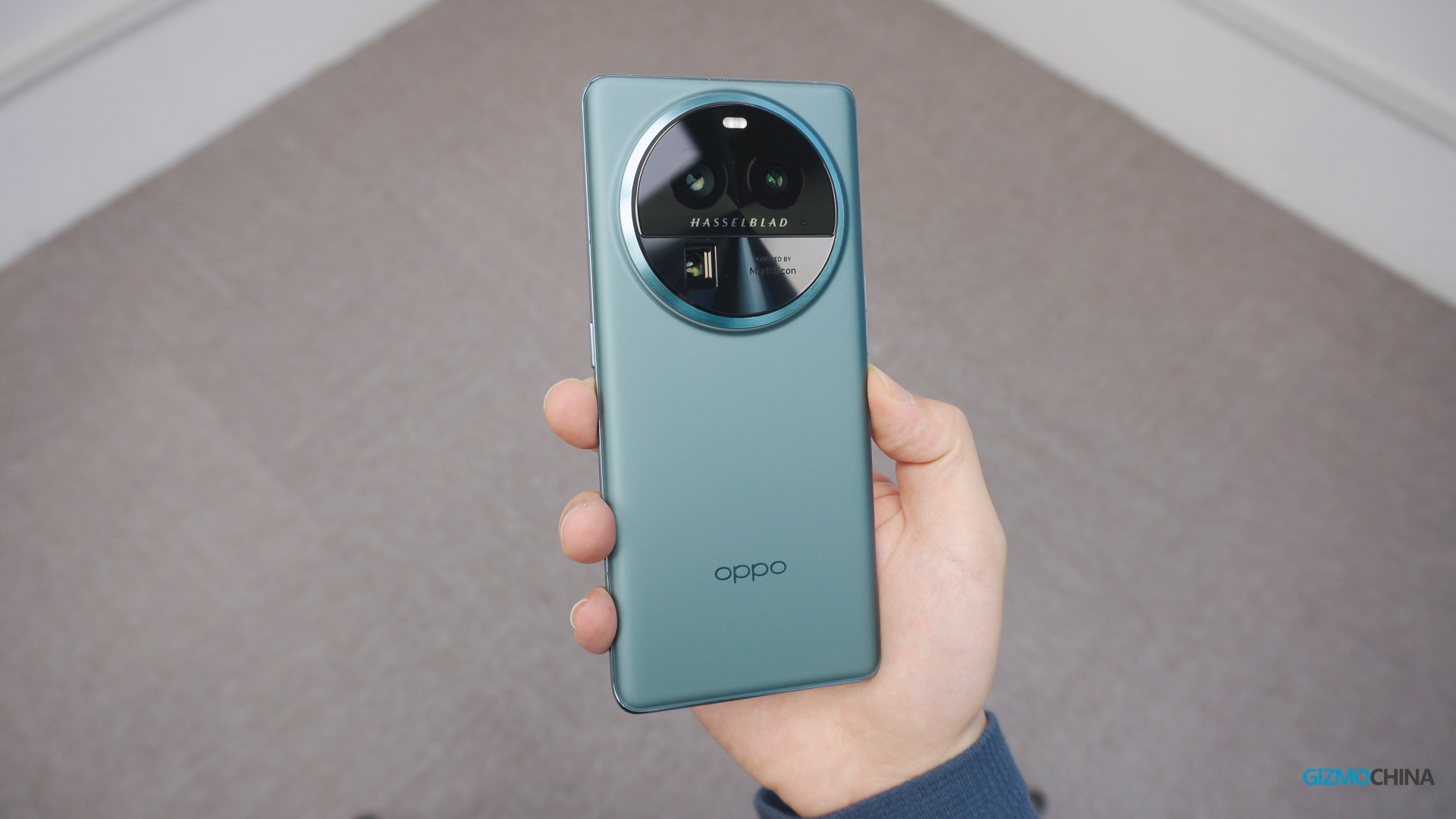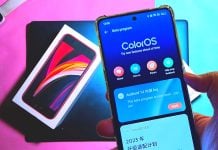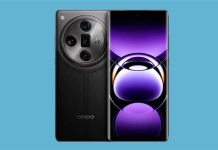This is our most anticipated premium phone this year, the OPPO Find x6 Pro. It’s been in my hands for about a week, and now I’m pretty sure it will probably become the legendary model of the whole series. It has the best display for a smartphone, the biggest sensors for triple main cameras, and the top performance and power solution. I know it sounds almost perfect, but I’m not exaggerating.
Design
As the top flagship of OPPO, the Find X6 Pro still has excellent built quality with a smart and recognizable design. OPPO abandoned the sloping camera island design that they used on the Find X5 Pro, which was almost my favorite phone design last year. The brand-new huge round-camera module is swearing to us that aesthetics is giving way to powerful functionality. As the triple lenses with great sensors require much more space inside, the camera bump couldn’t flowingly blend with the back.
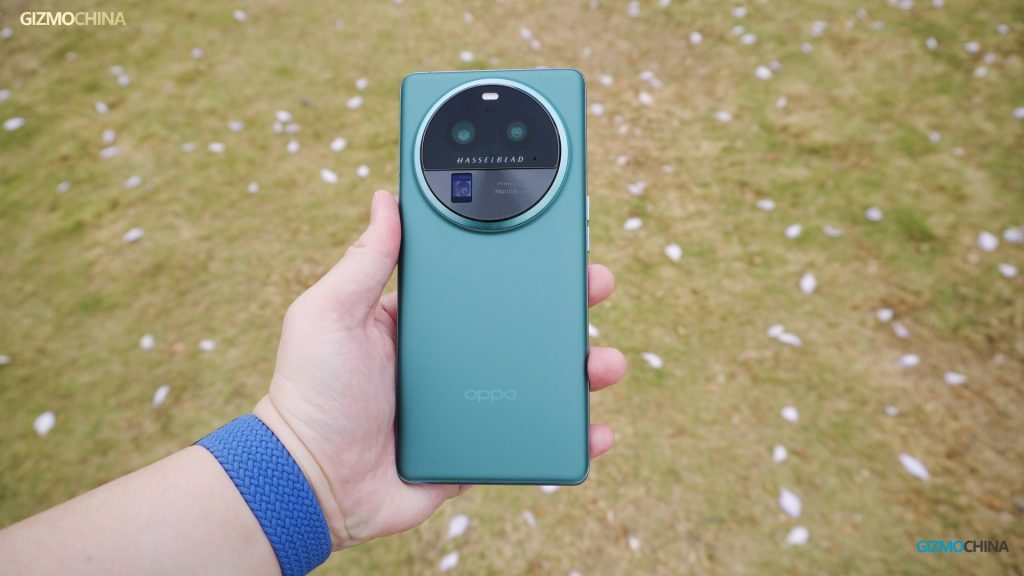
However, its center of gravity is not much affected by the large and thick module and neither shifted forward. And the weight of 218g is surprisingly lighter than I thought. So for me, the grip is good, not too heavy or too thick for holding. The glass variant looks pretty premium but it does feel a bit slippery.
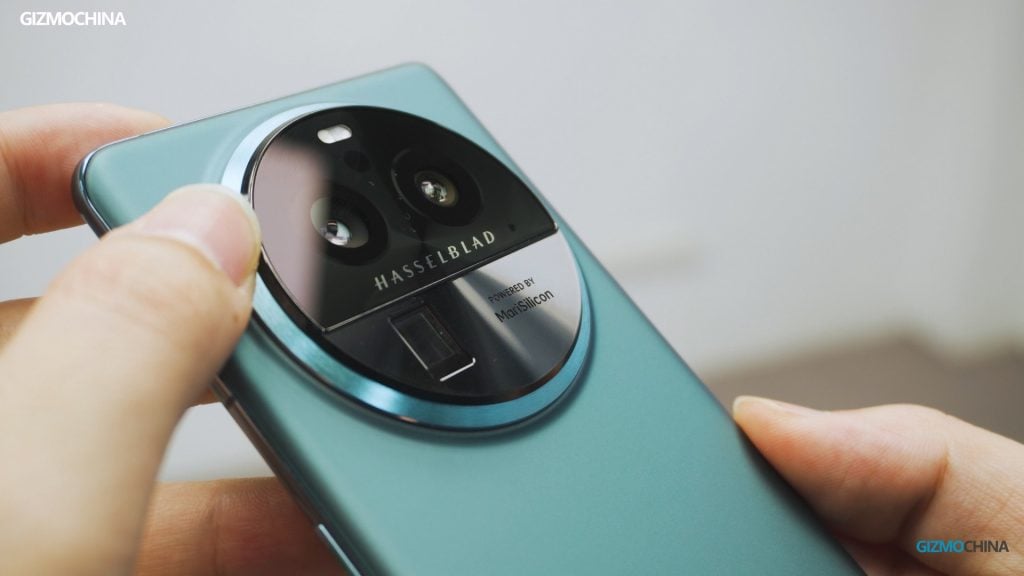
I pretty much like the line they add to the camera module, which keeps the three lenses from being disorganized and also gives the location of the Hasselblad logo a reasonable reference. Actually, the upper part is covered with an extra protective glass panel.
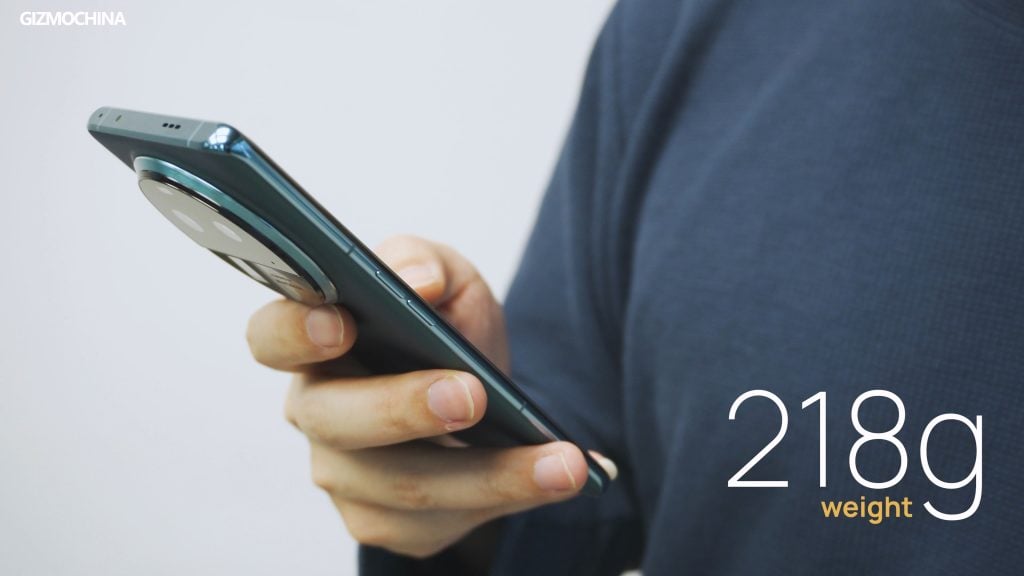
The glass cover mainly curves towards both sides where it meets the polished aluminum frame. Like its predecessor, the frame is thin but solid on the sides and interrupted by antenna strips in 7 spots. The SIM slot with a rubber ring is on the bottom, which can take up to two nano-sized cards. As claimed, the phone supports IP68 rating water and dust resistance.
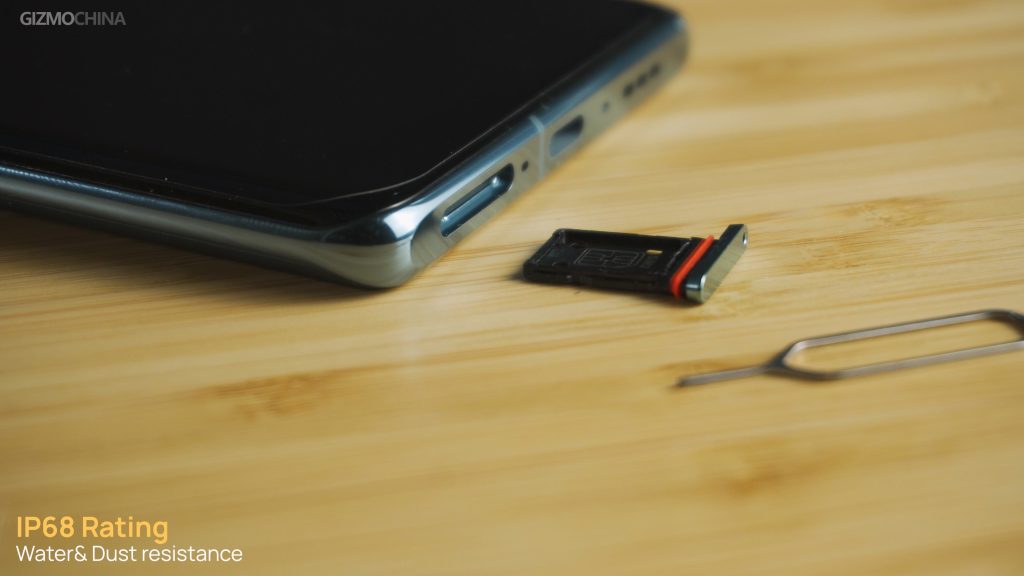
The Brightest Display
The front face covers a 6.82″ 2K-level 120Hz LTPO Amoled display, which is one of the most stunning phone screens I’ve ever seen, because it’s so bright! The screen is OPPO’s brightest screen ever and probably the brightest one that I’ve ever reviewed. It can be boosted up to 1500 nits outdoors, and reach around 2500 nits in a 10% window. What made me so surprised is for watching HDR content. If we turn on the bright HDR video mode in settings, the activated brightness can be boosted up to around 2200nits.
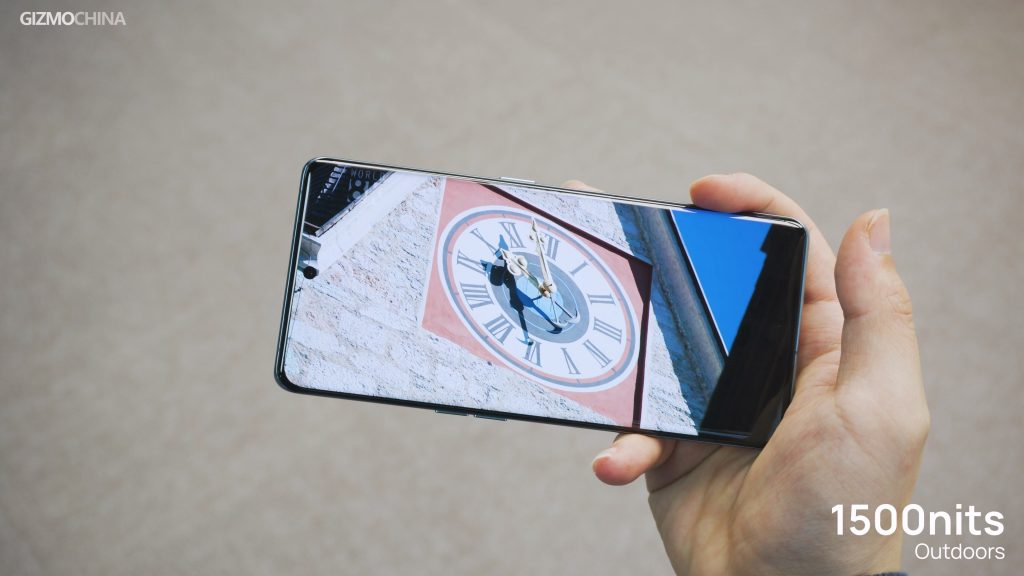
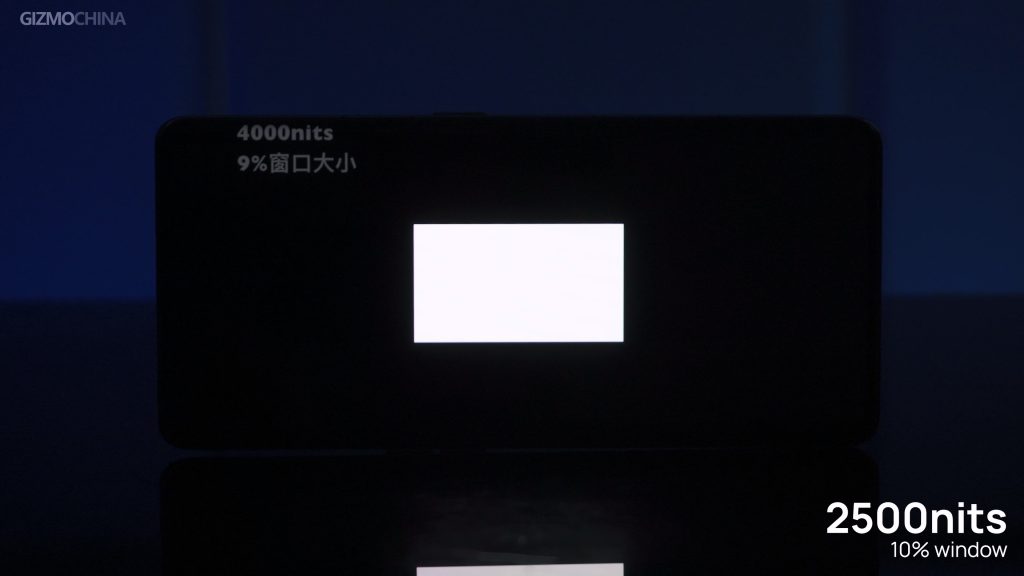
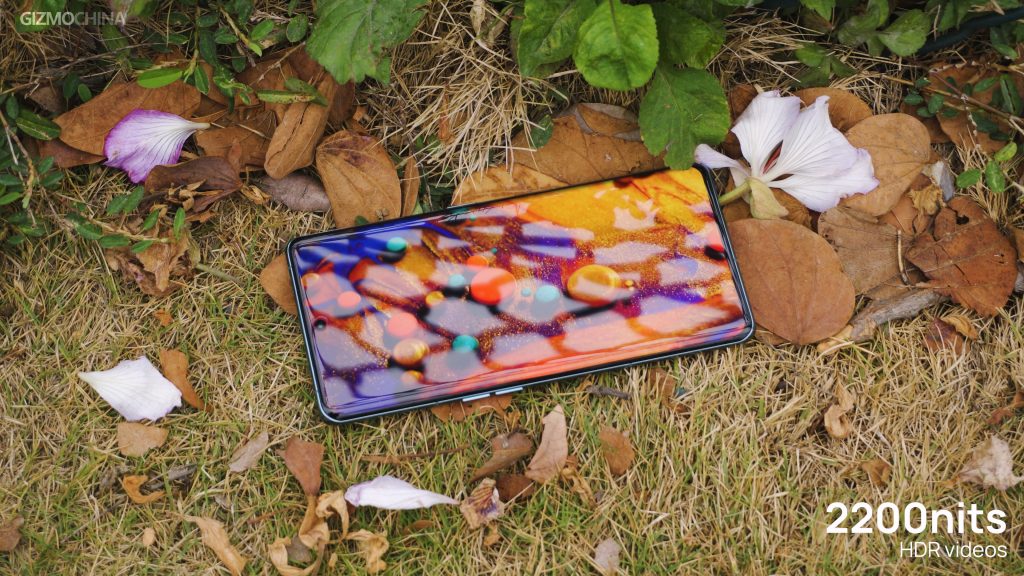
Sometimes I even felt uncomfortable when activating the maximum brightness indoors. But this’s not its fault. The super-bright screen provides a better option to enjoy Dolby Vision and HDR videos. And of course, the Find X6 Pro comes with dual loudspeakers for stereo sounds. You can check it out here by yourselves.
Triple main cameras with big sensors
It’s almost like an end-game of all brands’ camera phones this year since there’s not much space for the existing technologies to support the annual upgrade. You will probably find a lot of new flagship models coming with similar multi-lens setups, but hard to figure out what exactly got improved. Even though the shooting experience could be improved, it’s hard to say how much progress in imaging it has made over tough conditions.
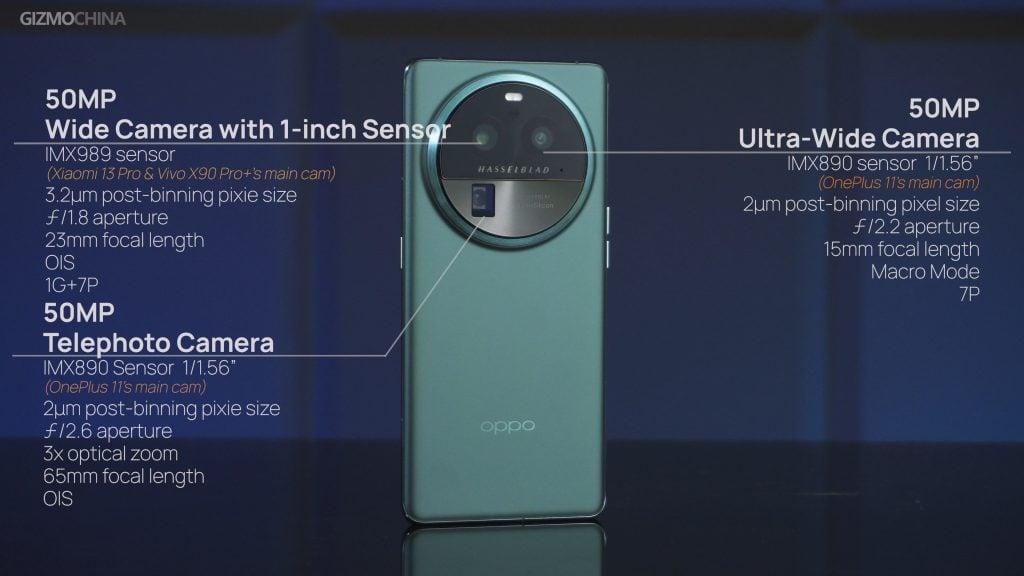
But the OPPO Find X6 Pro is an exception. It’s done almost all it can do to construct the huge round module. And the fact is that its upgrade of the cameras is so straightforward, instead of just staying on the advertisement and so-called algorithm optimization.
So what’s the most effective way to improve the imaging quality of the three lenses? It’s quite easy to answer the question: a bigger sensor, another bigger sensor, and another bigger sensor.
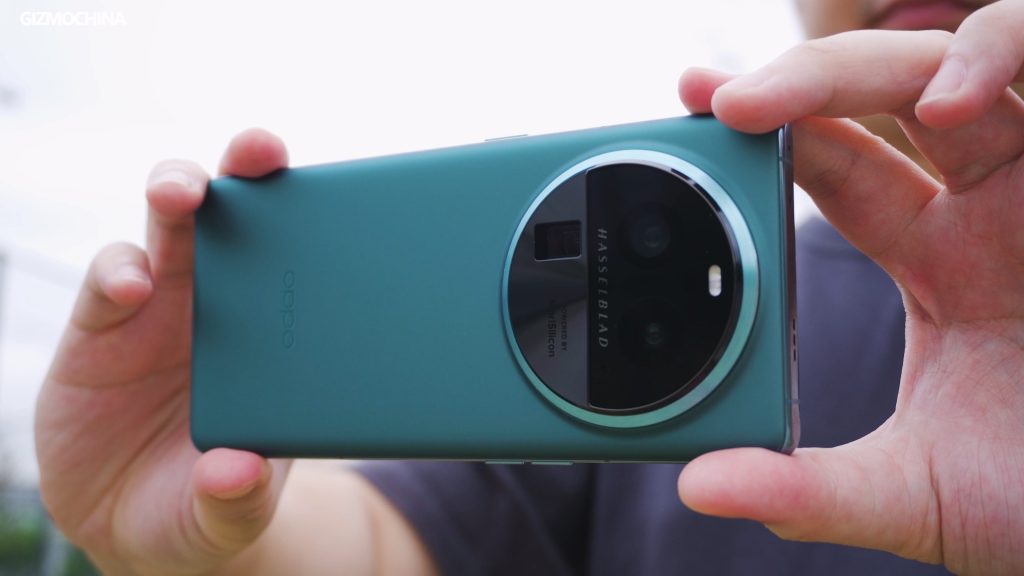
This is their most aggressive solution ever. The 0.6x ultrawide angle lens and 3x telephoto lens both use the same SONY IMX890 sensor as the main camera of the OnePlus 11, while the 1x main camera uses the same SONY IMX989 as the main camera of the Vivo X90 Pro+ and the Xiaomi 13 Pro. We can even say that the Find X6 Pro comes with three main cameras without any secondary lenses.
So technically the Find X6 Pro should have the best 3x telephoto lens and best ultrawide lens for smartphones and is likely to have one of the best 1x main cameras.



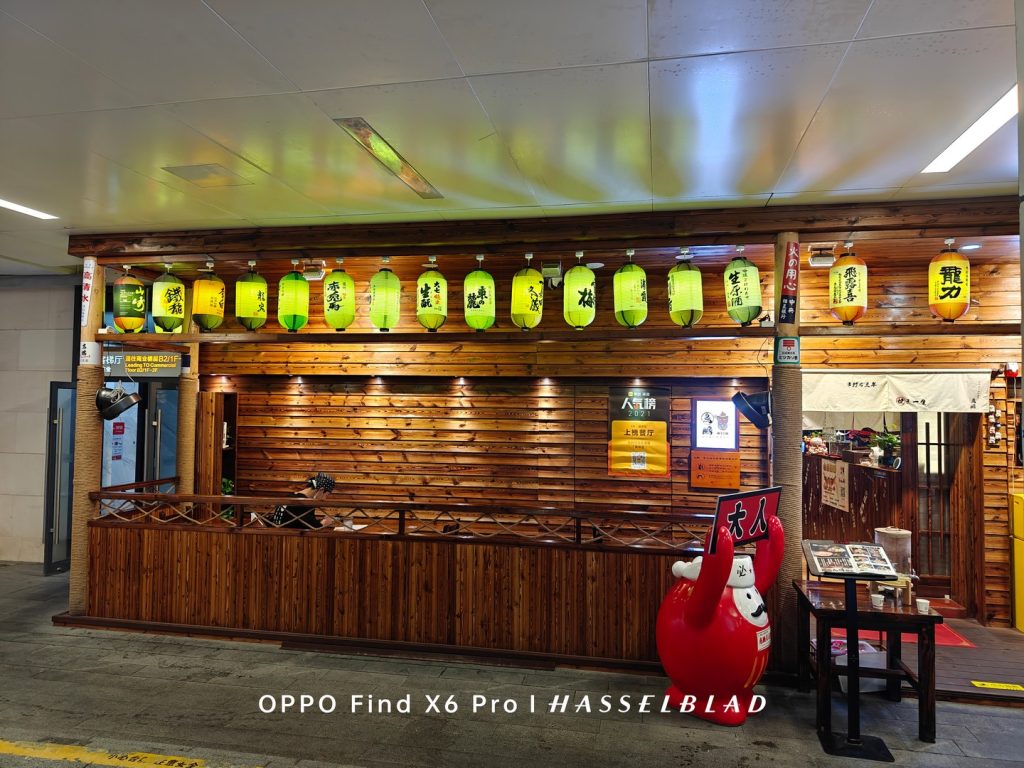

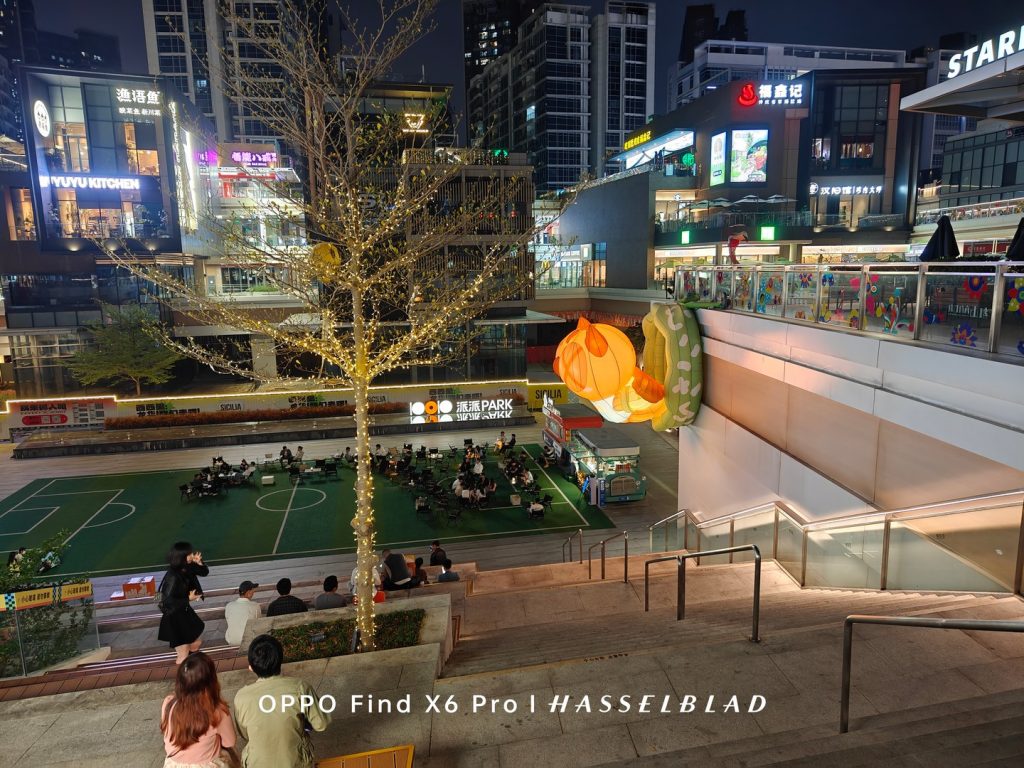
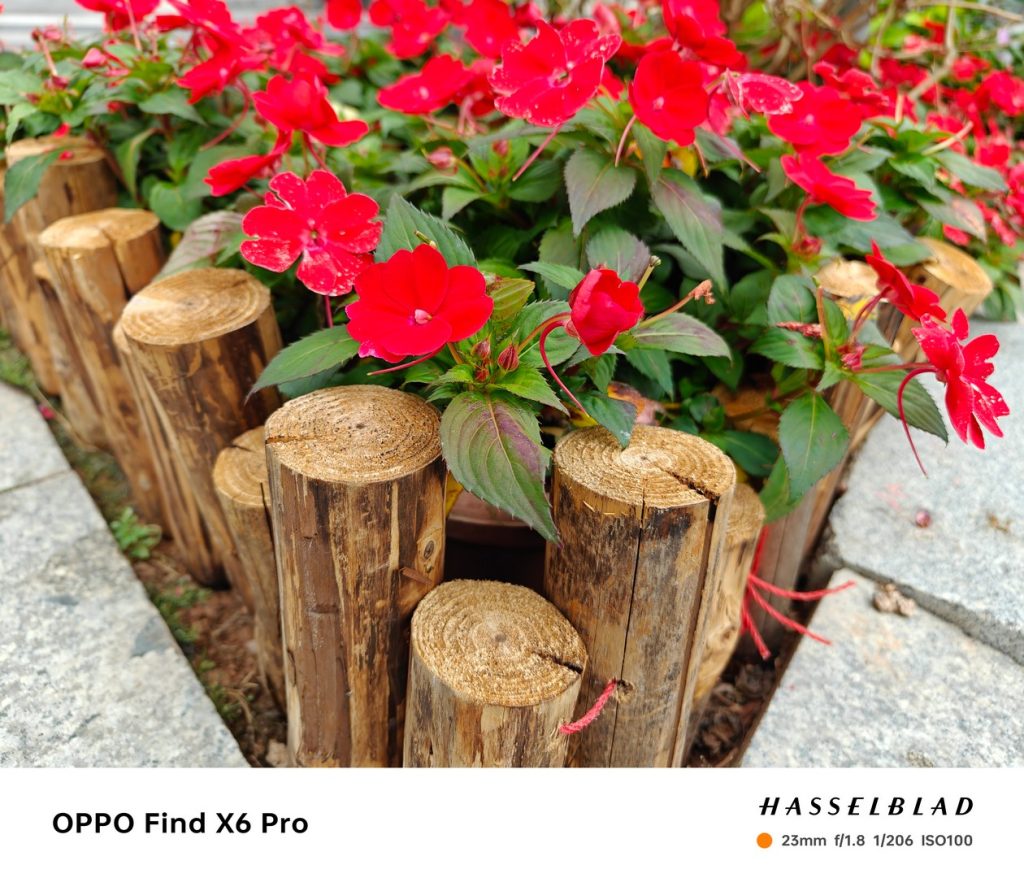

The sample was taken outdoors on a cloudy day, and the Find X6 Pro has the same natural but stylish colors, and the excellent dynamic range is also impressive under such a complex scenario. We can see that the sky is not overexposed and we can see some detail in the clouds, while the buildings in high contrast also reserve good detail with correct exposure.
The SONY IMX890 has almost twice the size of other telephoto sensors on flagship phones, so actually, it’s what we really anticipate. In this section, we will focus on the telephoto lens.
Because of the large sensor size, the Find X6 Pro’s telephoto camera couldn’t have a high-x optical zoom. Although the default optical zoom option is 3X, you will find that the lens could be switched to 2.7X if you manually zoom in. So it’s actually a 65mm full-frame equivalent lens.
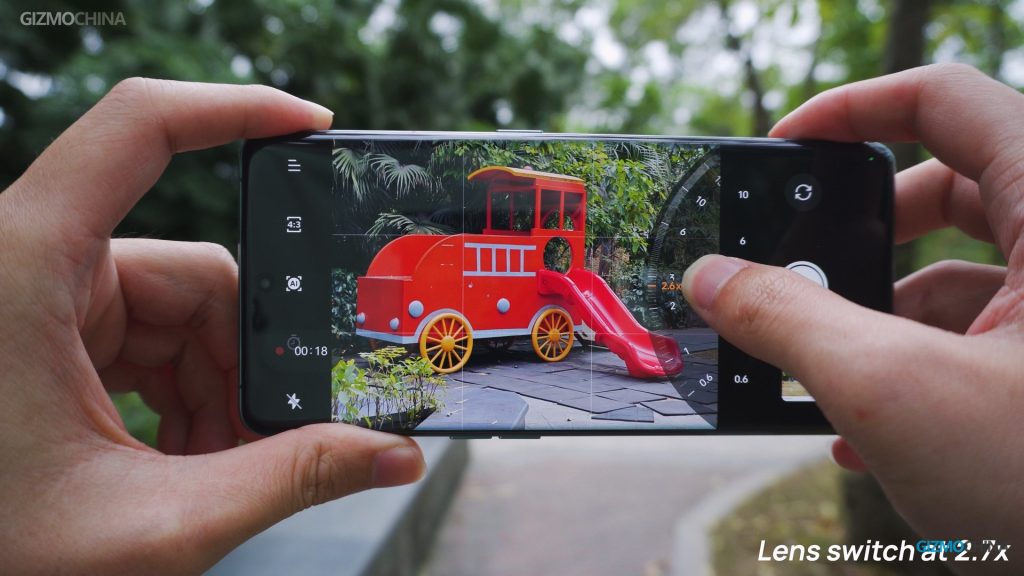
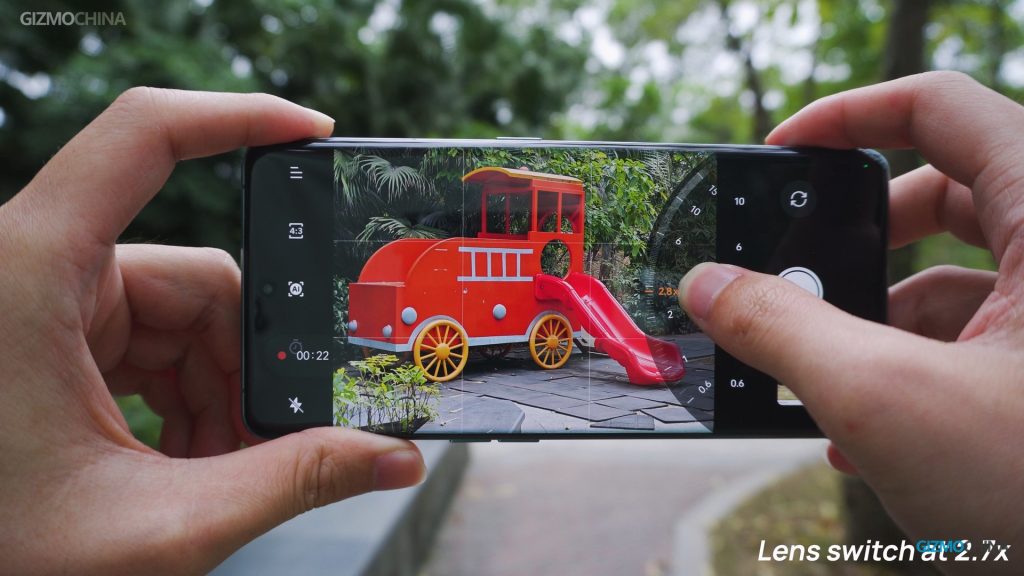
There is also a 6X option on the default list. Thanks to the huge size and sufficient pixels of the imx890 sensor, OPPO brought the in-sensor Zoom technology to the Find X6 Pro’s telephoto lens, which delivers sharper detail and less noise than traditional digital zooms.
Another impressive experience is the smooth zooming in and out between the three lenses. The image and colors are almost consistent in the view-finder when the lenses switch.
When switching to the telephoto lens, the optical zoom brings much more subtle detail compared to the other lenses. When switched to the 6X Zoom, the detail of the photos was even further enhanced, which is not attributed to the excellent optical quality of the sensor, but also thanks to the optimization of OPPO’s Mari silicon NPU over the past two years. The AI capacity allowed for further enhancement of the textures of various objects in the photos.
From the samples here we can see that the Find X6 Pro’s telephoto lens not only brings amazing detail to the photos, but also achieves great consistency in color and white balance with the 1x lenses, and once again, if you capture zoom-in photos a lot, I highly recommend you try the 6X Zoom on the X6 Pro. The in-sensor Zoom took better advantage of the huge number of pixels on the sensor. And you no longer need to tolerate the slow capture speed and huge photos under the high-resolution mode and crop the picture by yourself. On the Find X6 Pro, it’s really smooth and convenient.
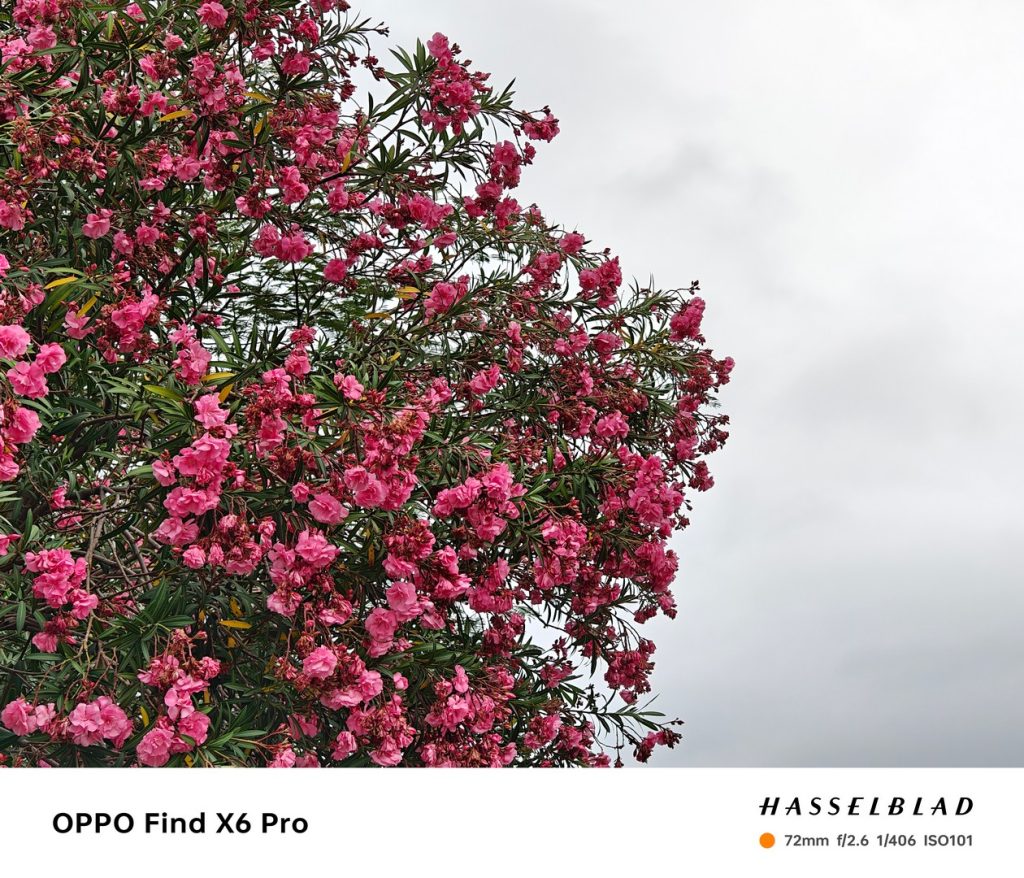
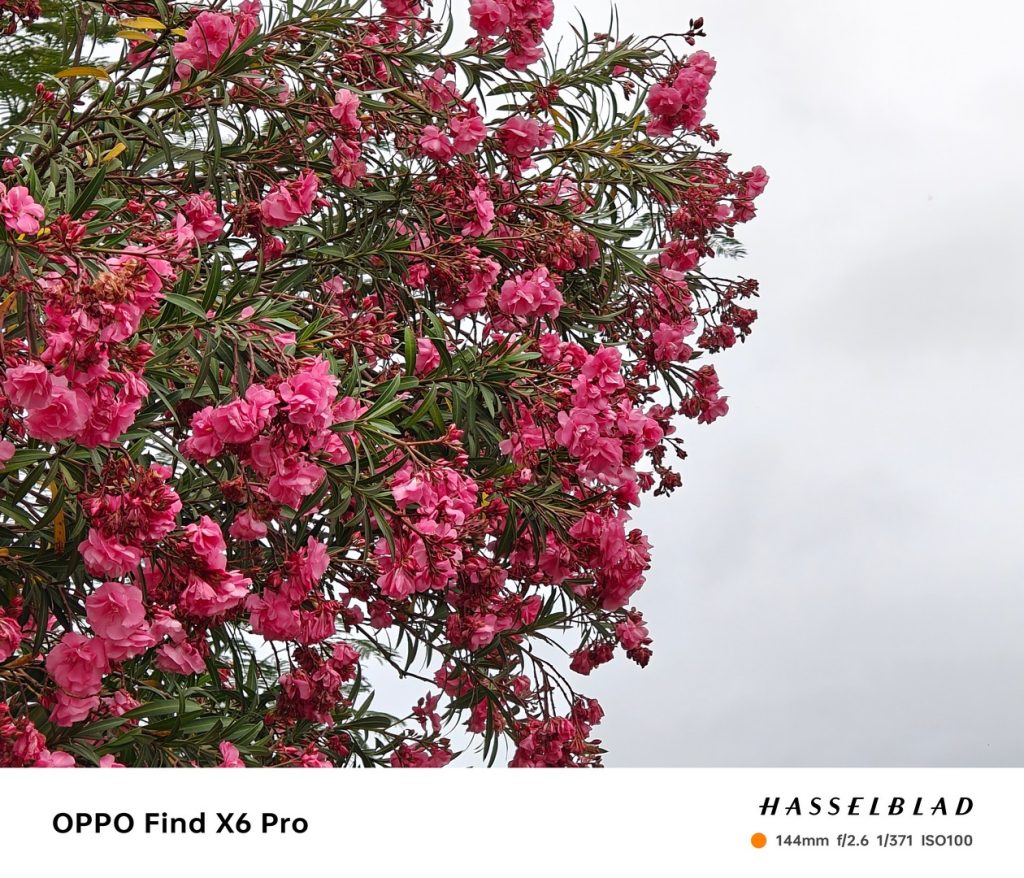
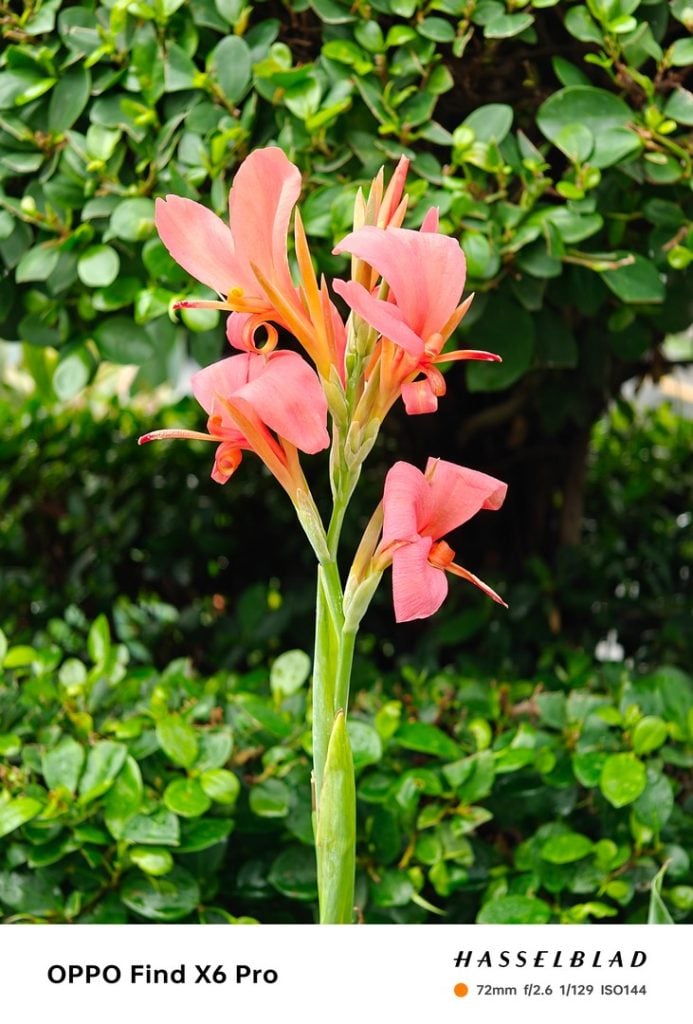
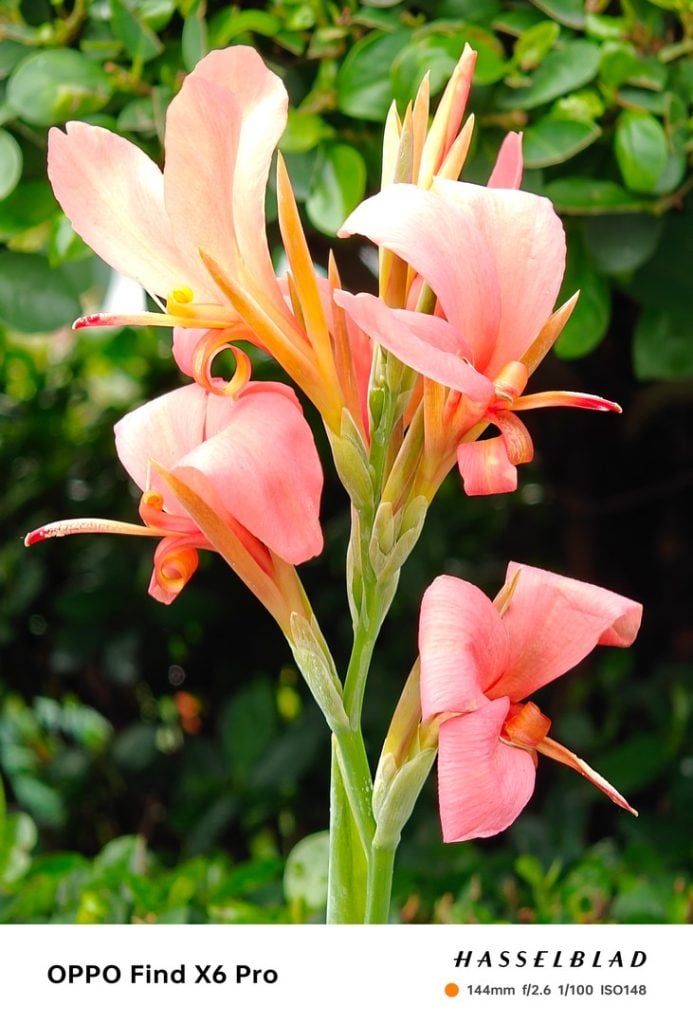
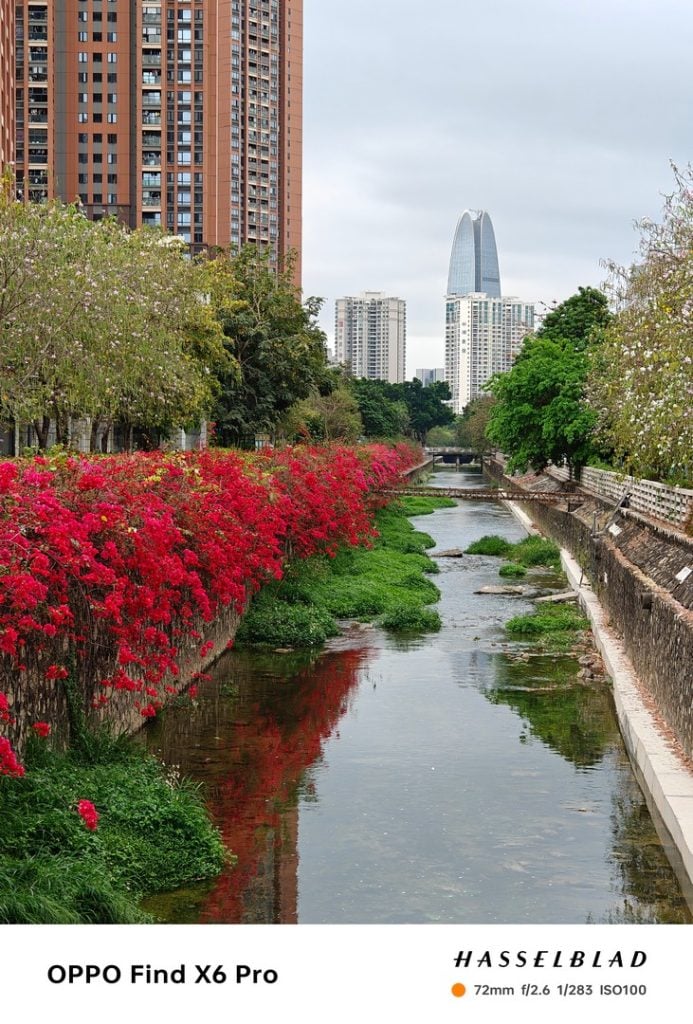
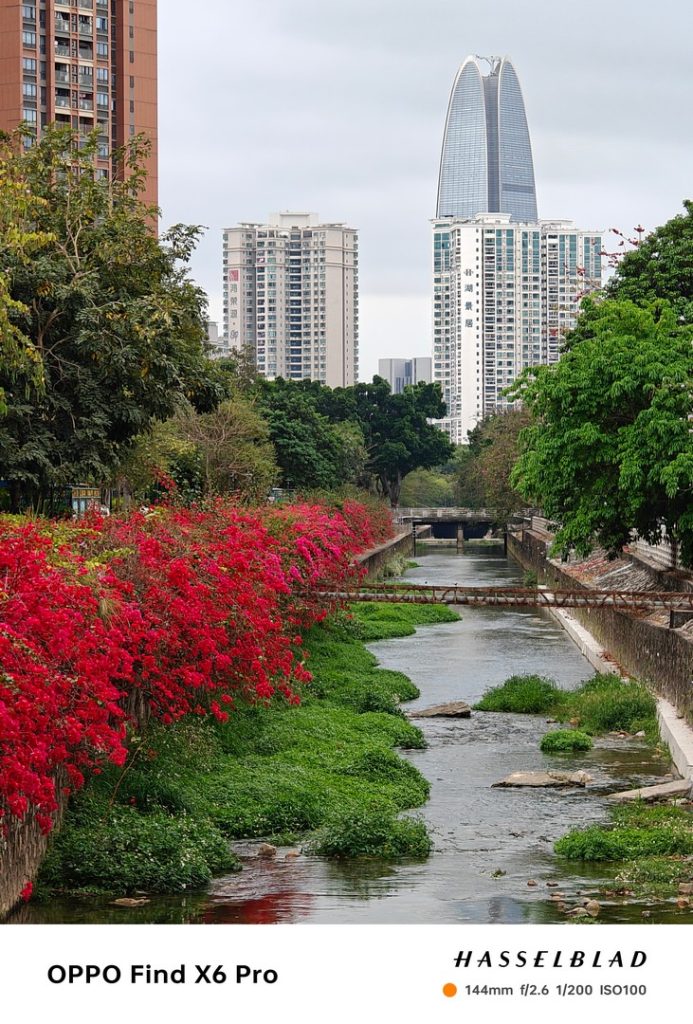

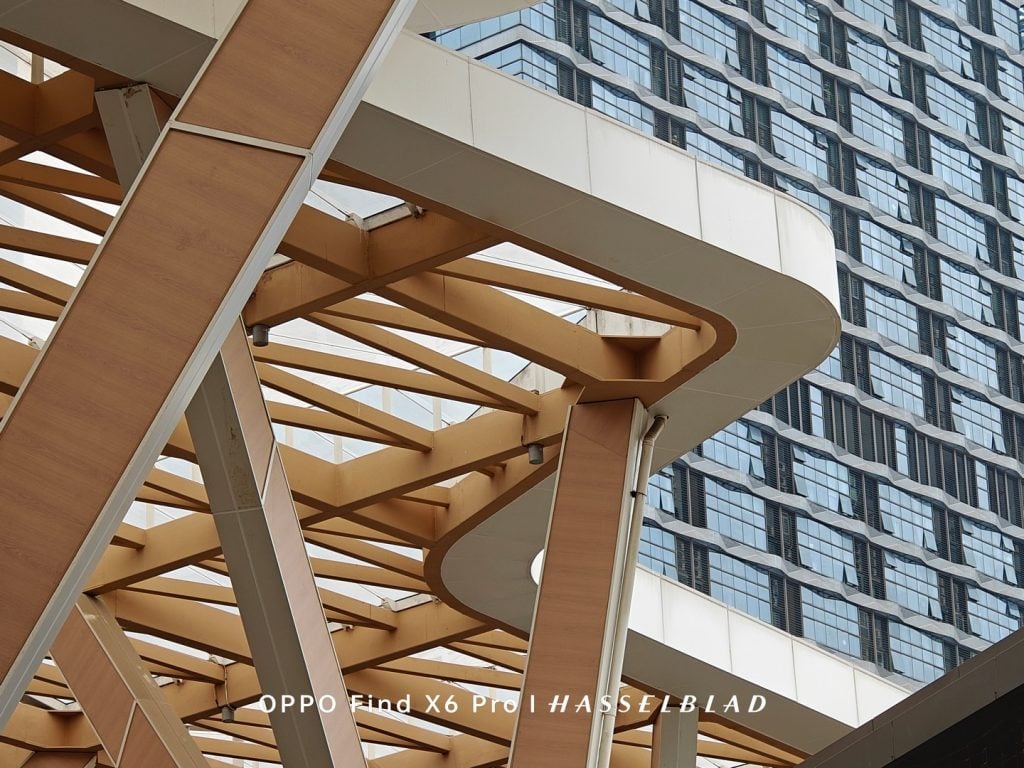
There is no doubt that the ultrawide angle lens with SONY IMX890 is the best ultrawide lens I’ve ever experienced. It has the least noticeable lens distortion and the best detail we’ve seen on an Ultrawide angle lens. The Sony IMX890 sensor makes it no longer a dispensable appendage: great dynamics, consistent colors, and no more fringing.
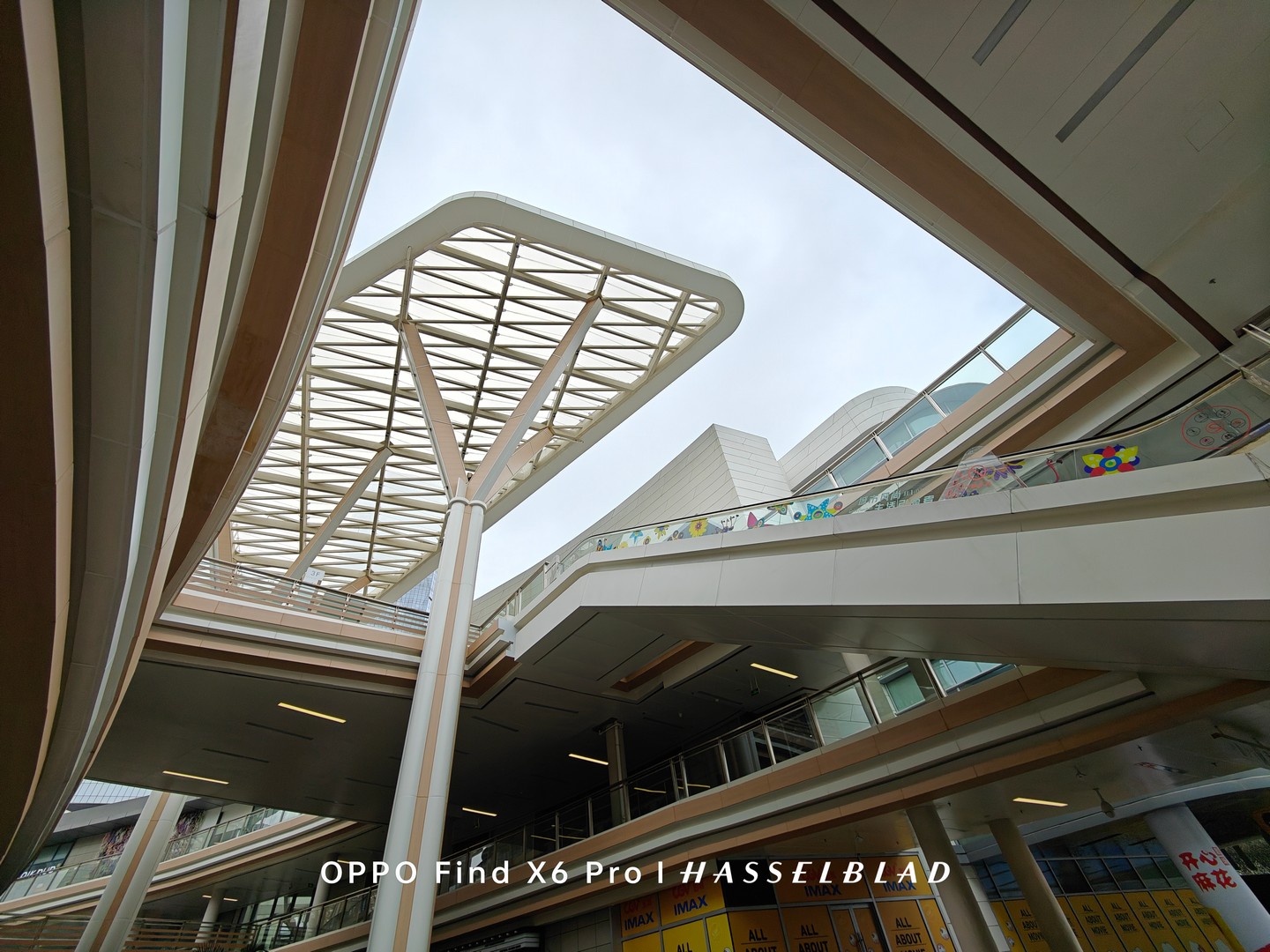
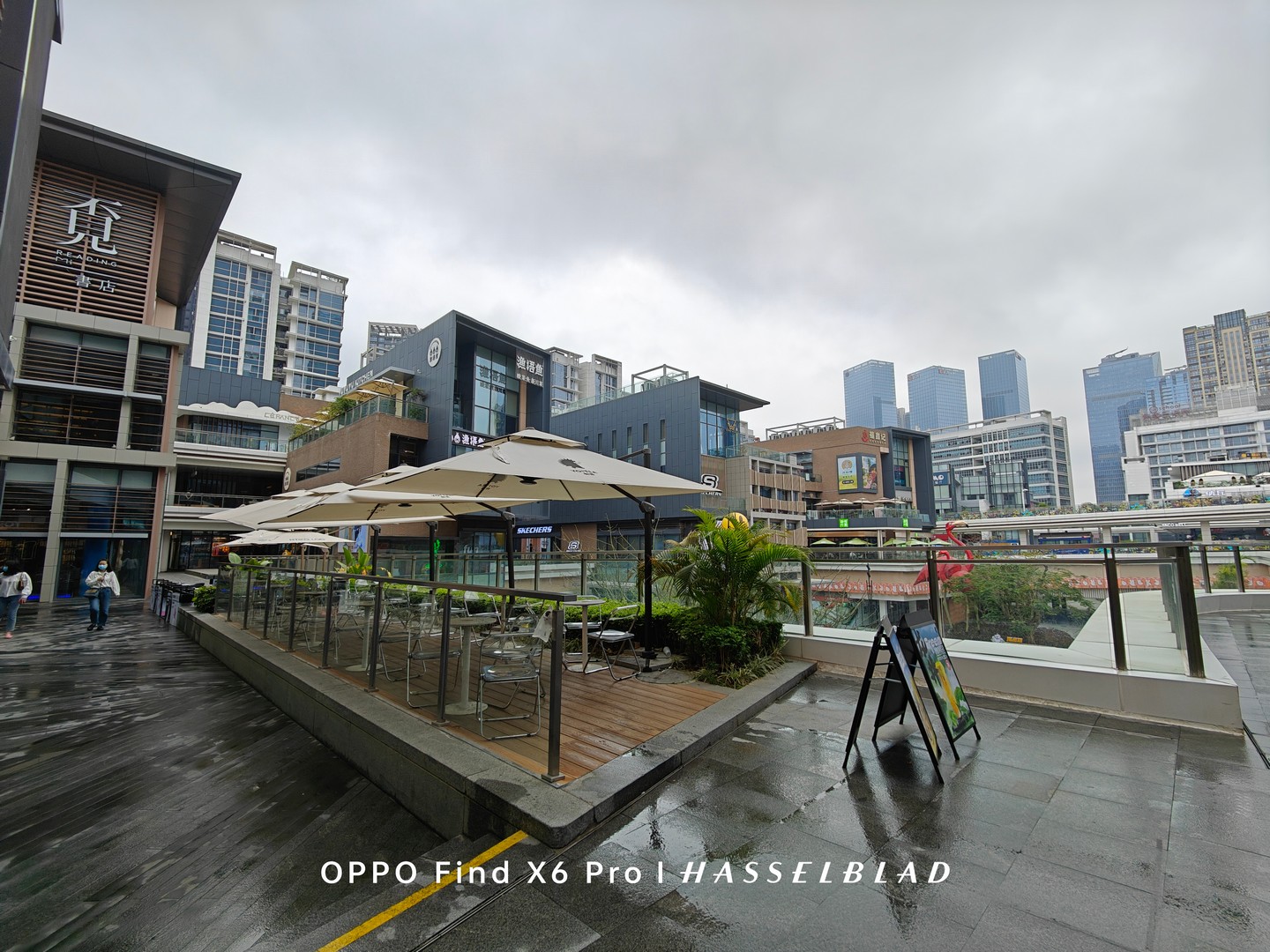
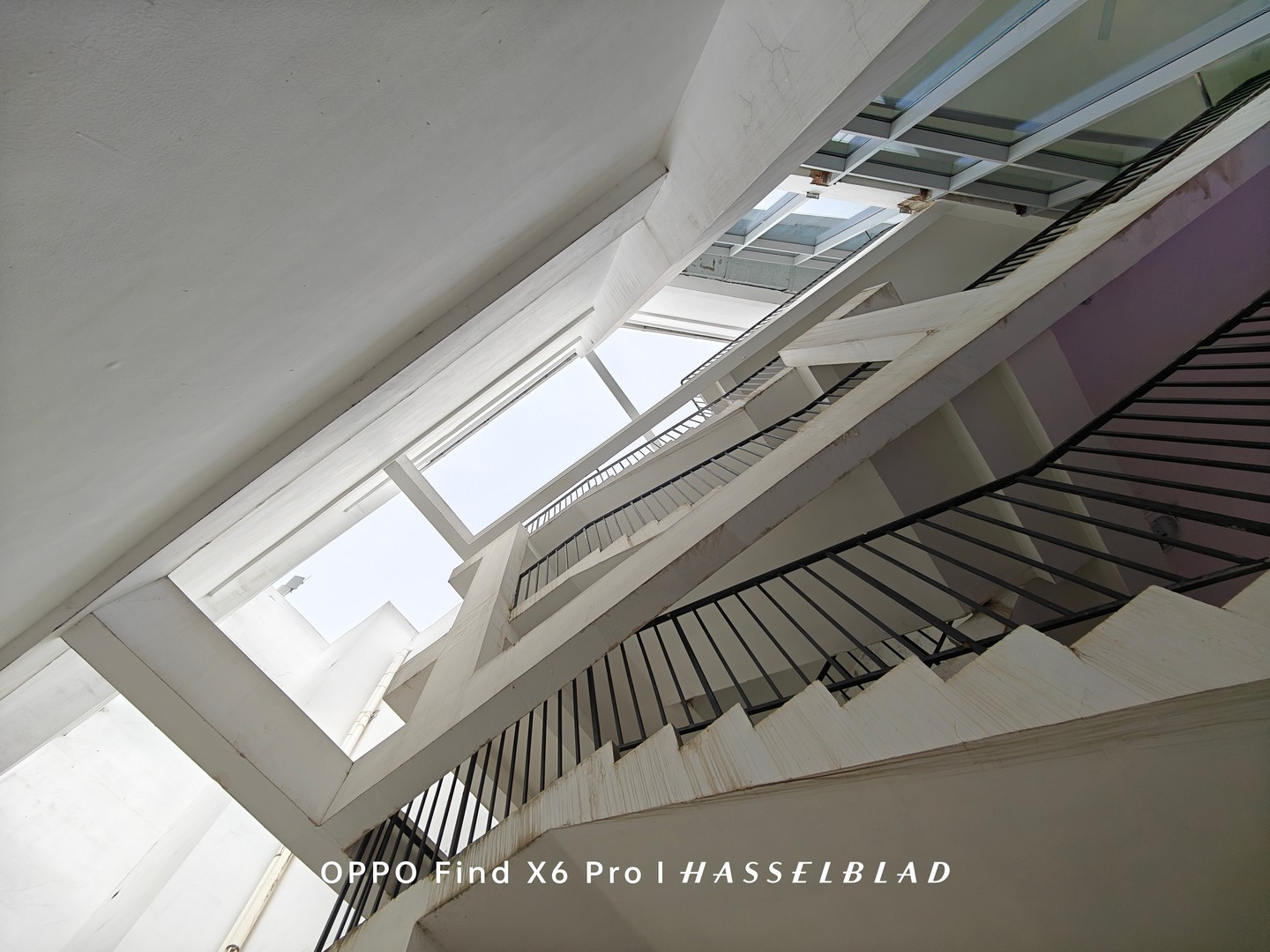

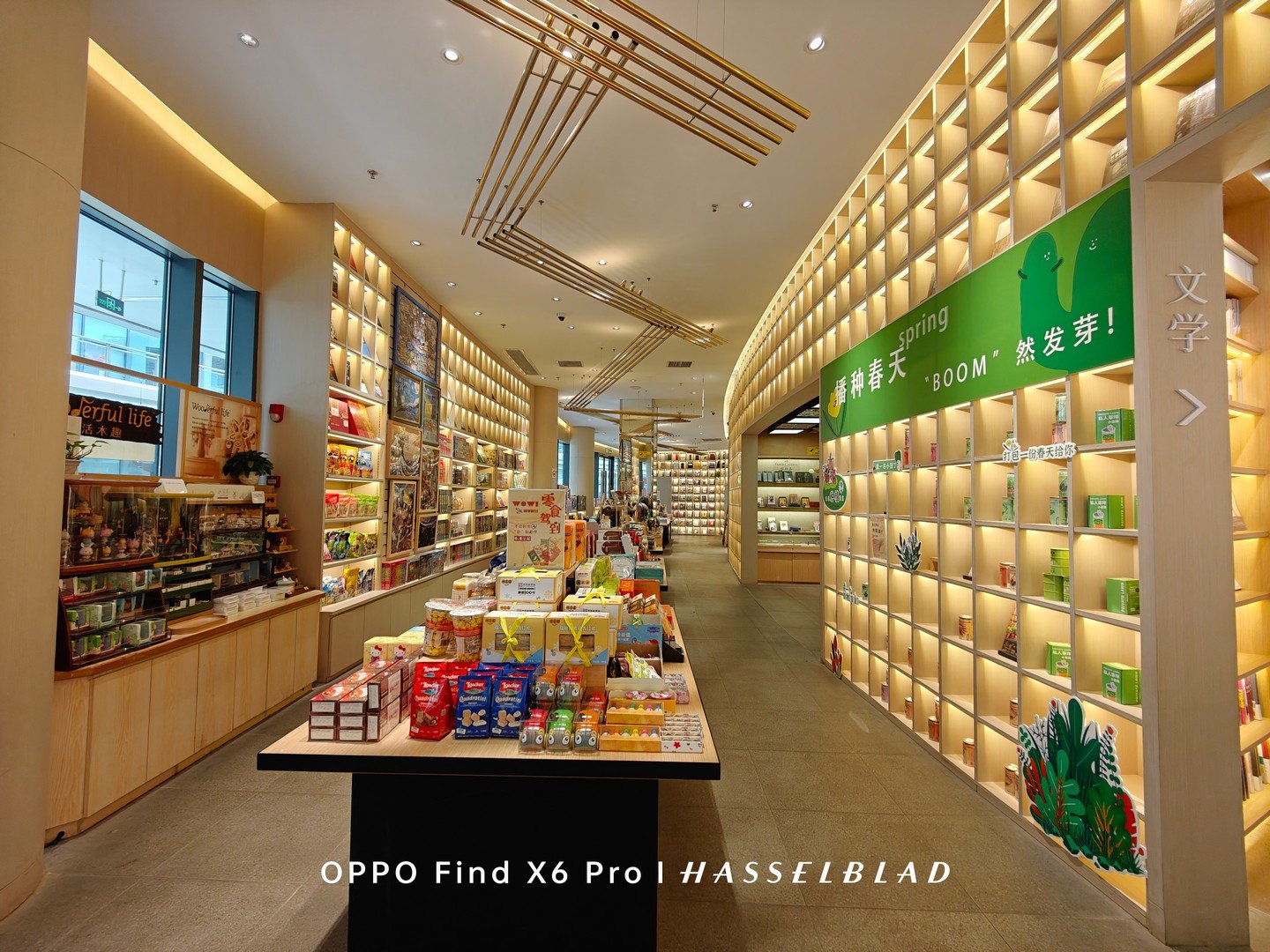
When we moved indoors with more complex lighting, the Find X6 Pro’s telephoto lens even showed us a comparable dynamic range with the sample shot with the one-inch sensor, The complex reflections on the surface of the model bear are so fantastic as you can see with your naked eye, and its colors are more vibrant and vivid.
When I came to this scene the ambient light was even worse, and it is a common fact that in this case, many flagship phones with a telephoto lens will auto-switch to a main camera when it detects insufficient lighting. Because the smaller sensor on most telephoto cameras may get worse photos by optical zoom in low light. But on the Find X6 Pro, we can see that the photos captured by the telephoto lens are substantially better than the 1x camera in terms of detail, color, and dynamic range.


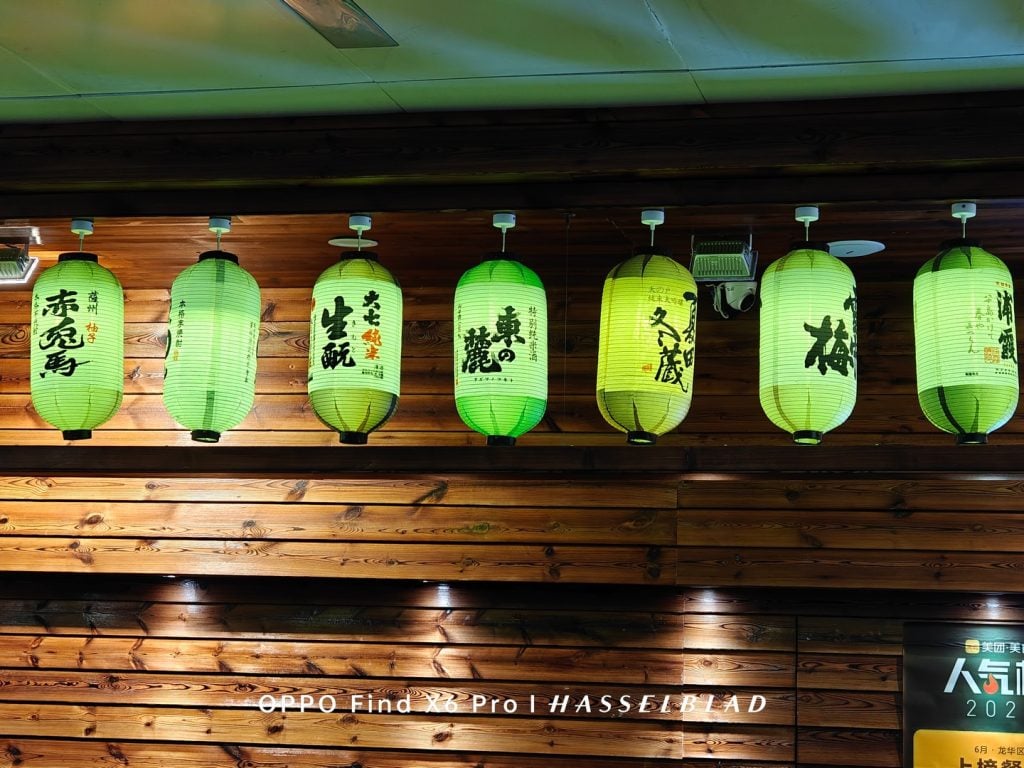
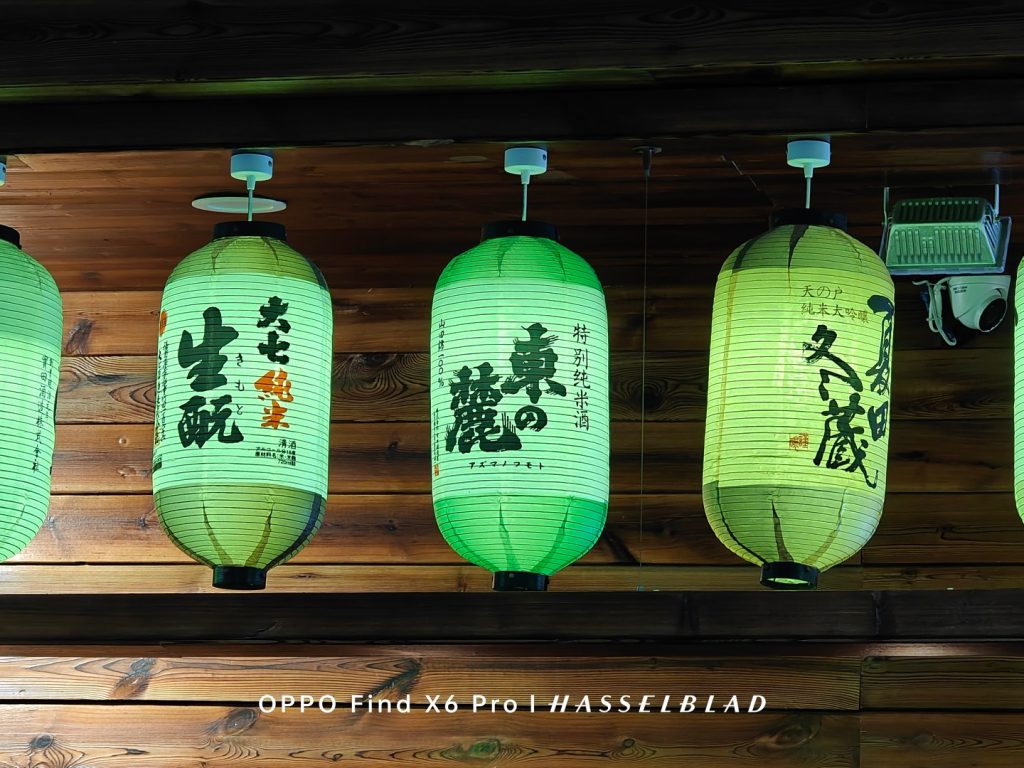
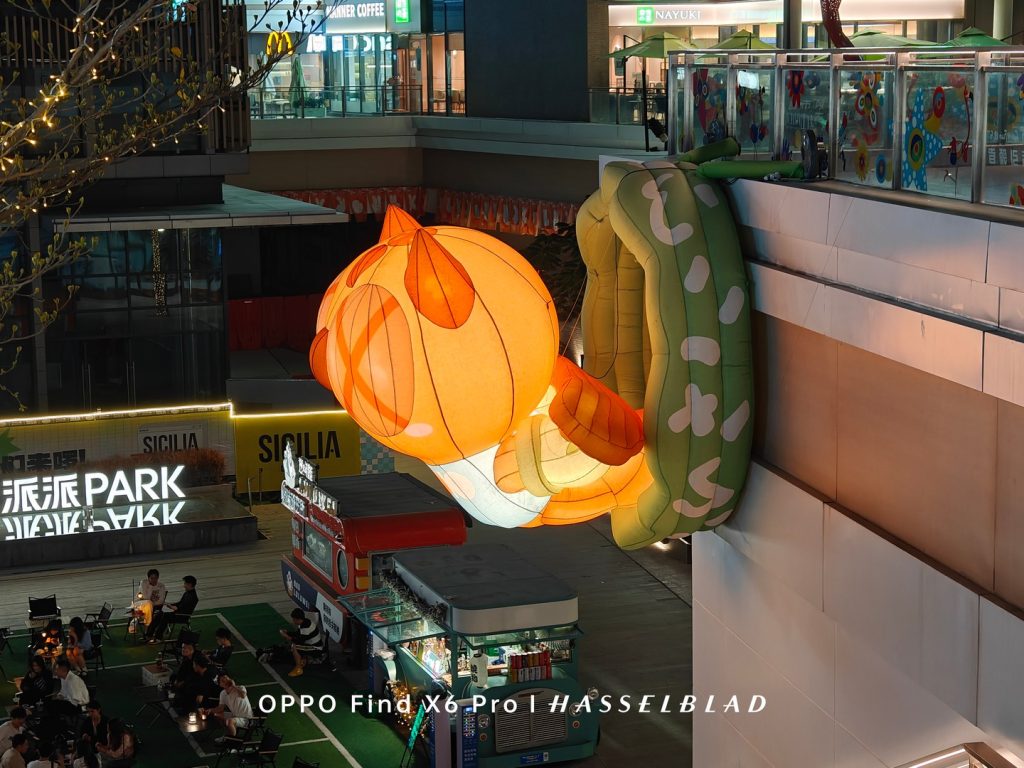
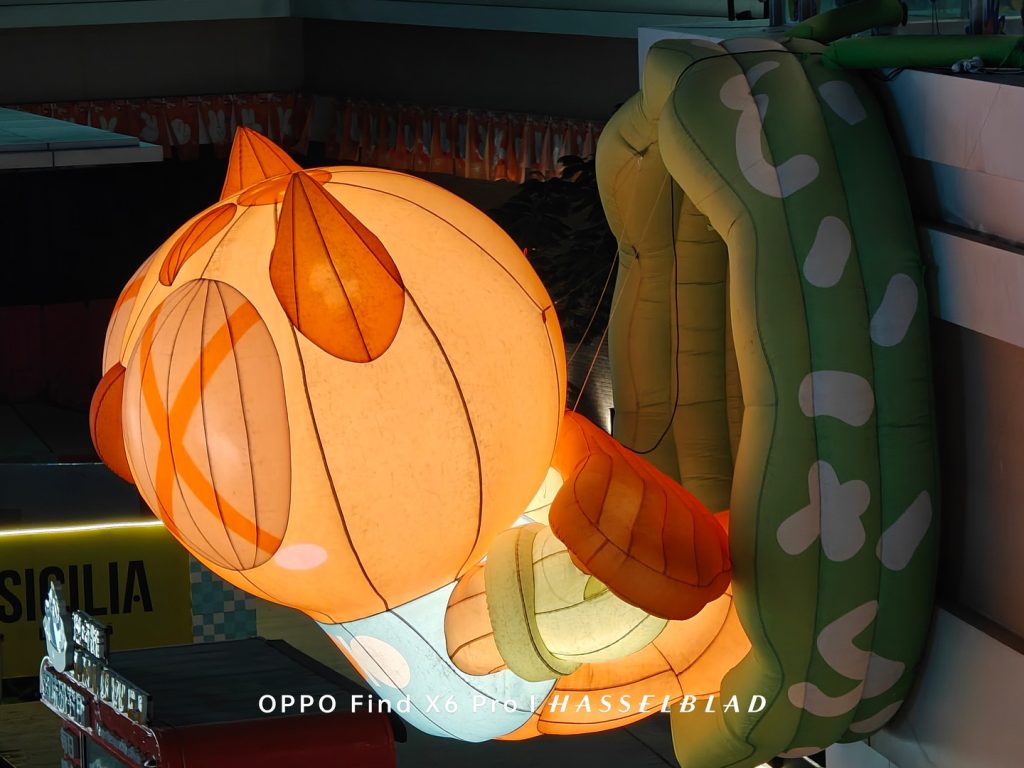
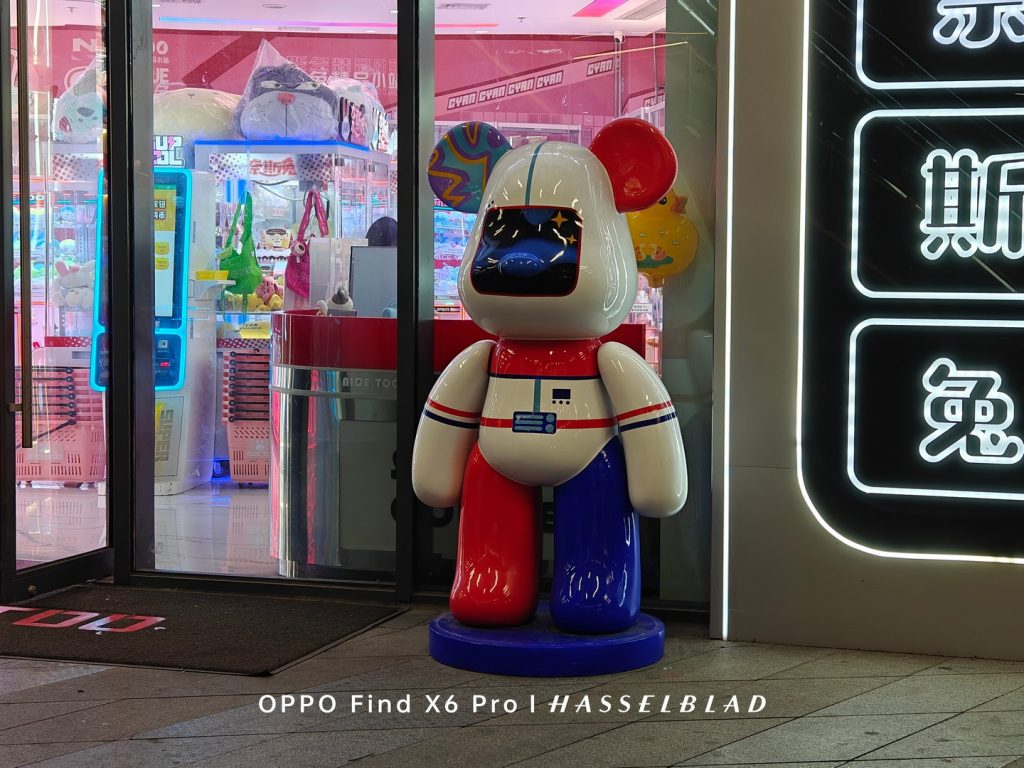
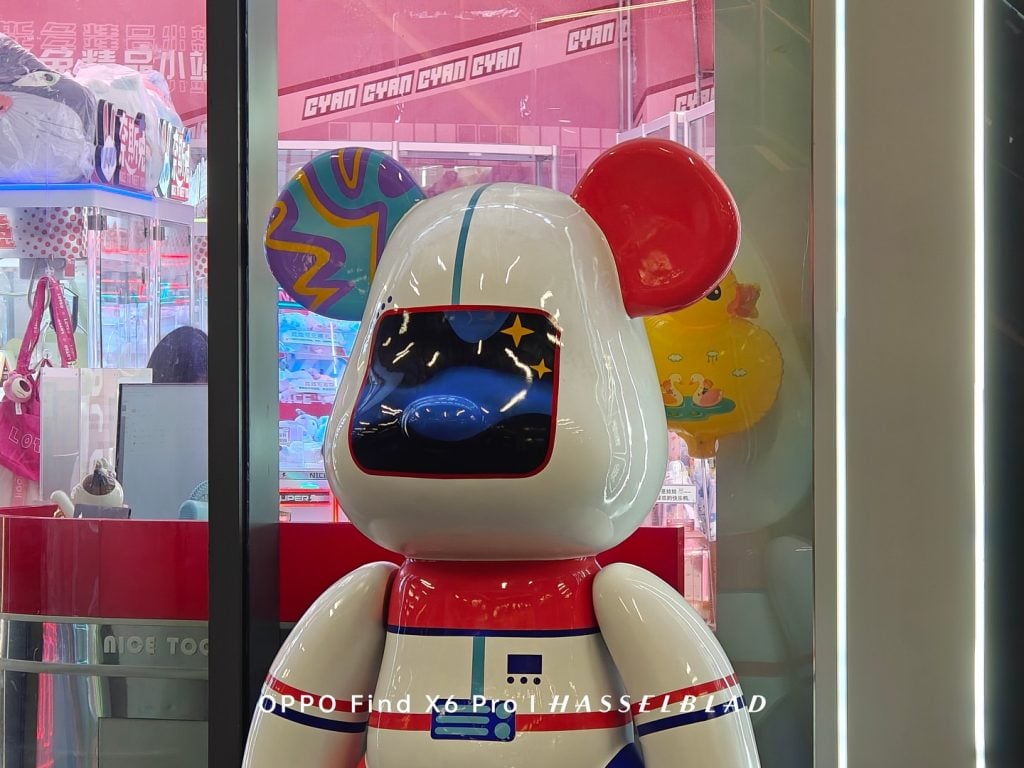


I tried shooting these samples in low-lighting conditions to find out which lens is better for night shooting. But there’s no absolute answer on the Find X6 Pro, which now is really up to users. No matter which lens you use, it can handle well with night scenes. You just have to make sure that the composition is what you really want. The Find X6 Pro makes the lenses indeed no priority. All three lenses are able to get the best photos at their own focal length.
The new Hasselblad Portrait Mode is also impressive. Available at 24 and 65-mm focal lengths, the simulated lenses bring a stunning bokeh effect and impressive contrast. The photo keying does look pretty accurate and natural, as they claimed a new bokeh algorithm is applied here.
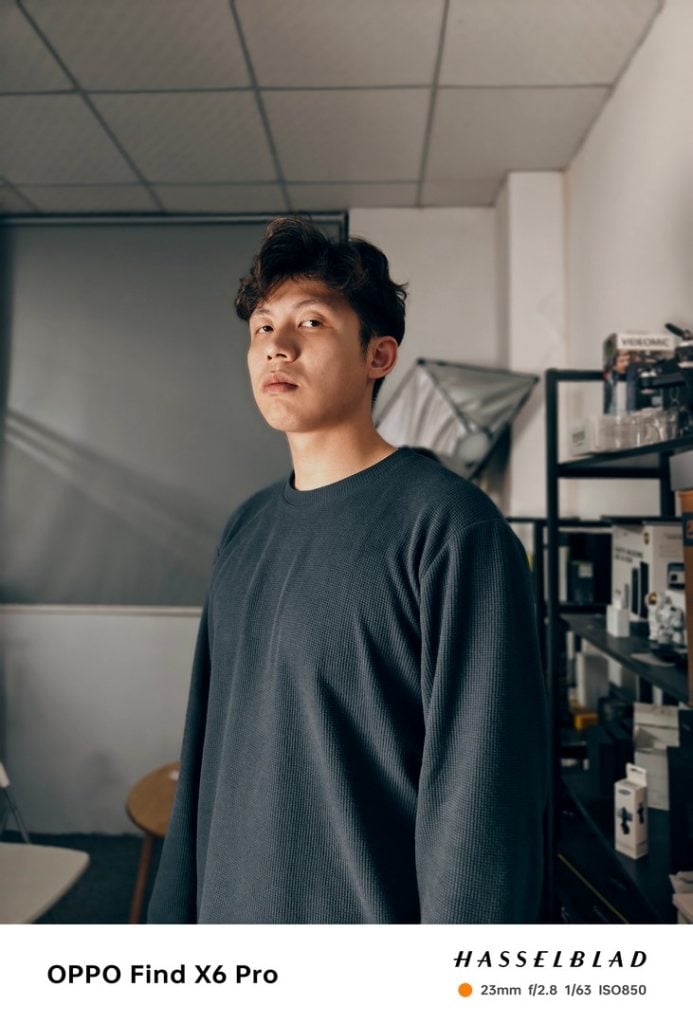
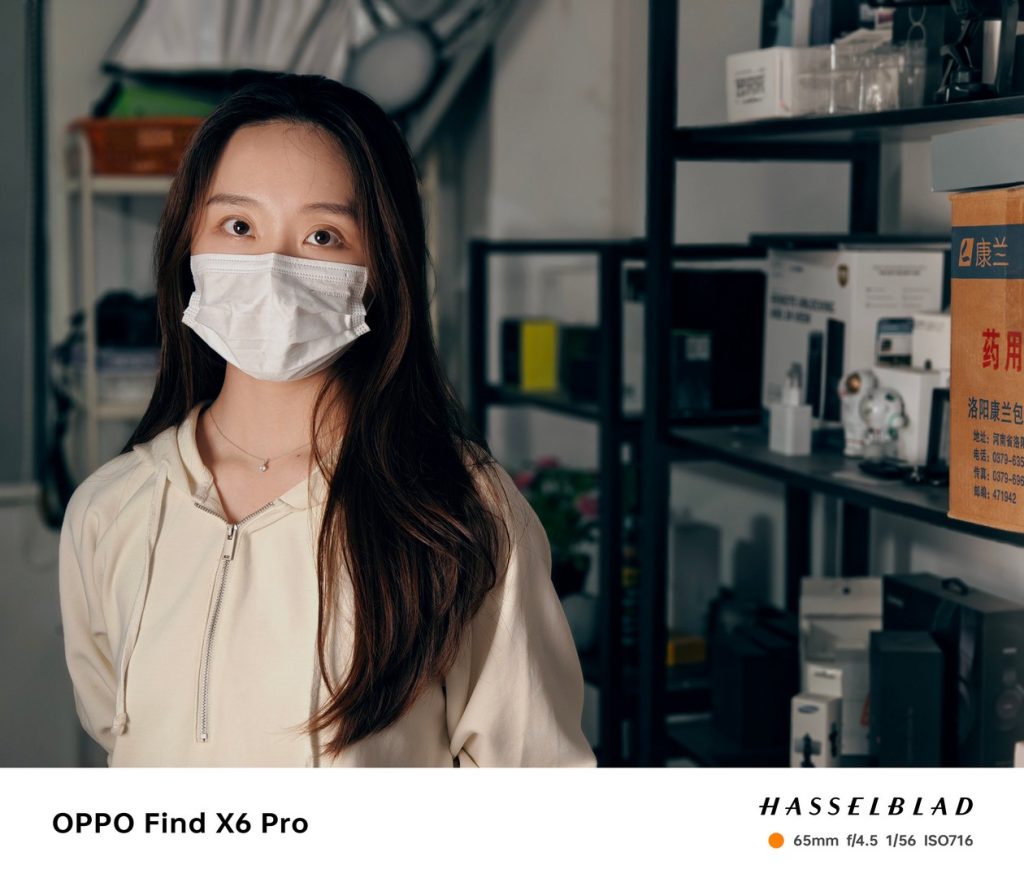
Given the OPPO Find X6 Pro’s incredible improvement in all the lenses, especially in telephoto shooting, I think it’s likely to be the best camera phone of 2023, even if the upcoming Xiaomi 13 Ultra may gain ground in other dimensions, My only complaint about the Find X6 Pro is still not able to bring live preview to the camera, although it’s not a problem specific to OPPO phones. When you take a night shot, you can only see the final result in the album. While this is a process that can bring surprises, I think users would be happier if they could see what they would get in the camera viewfinder.
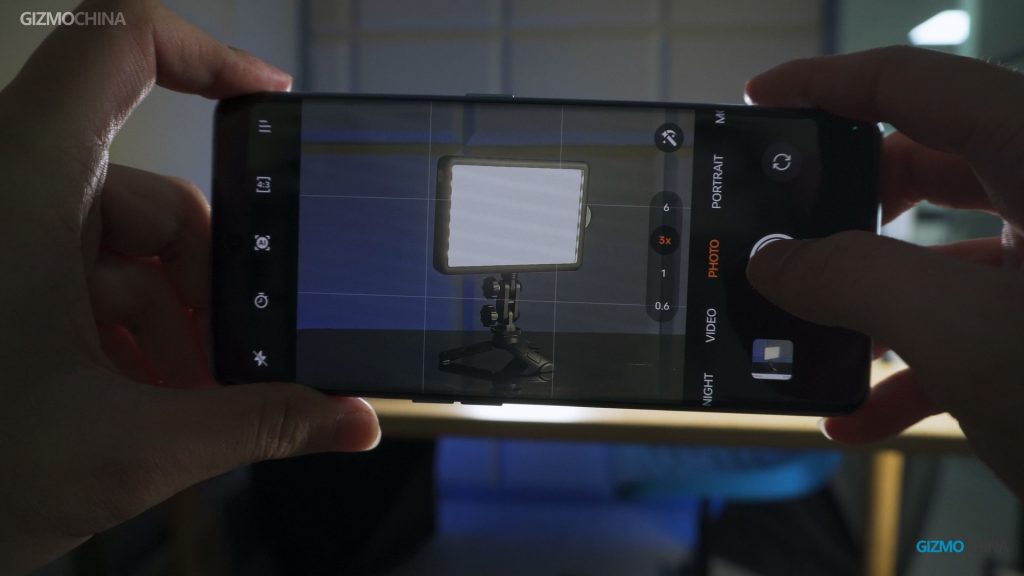
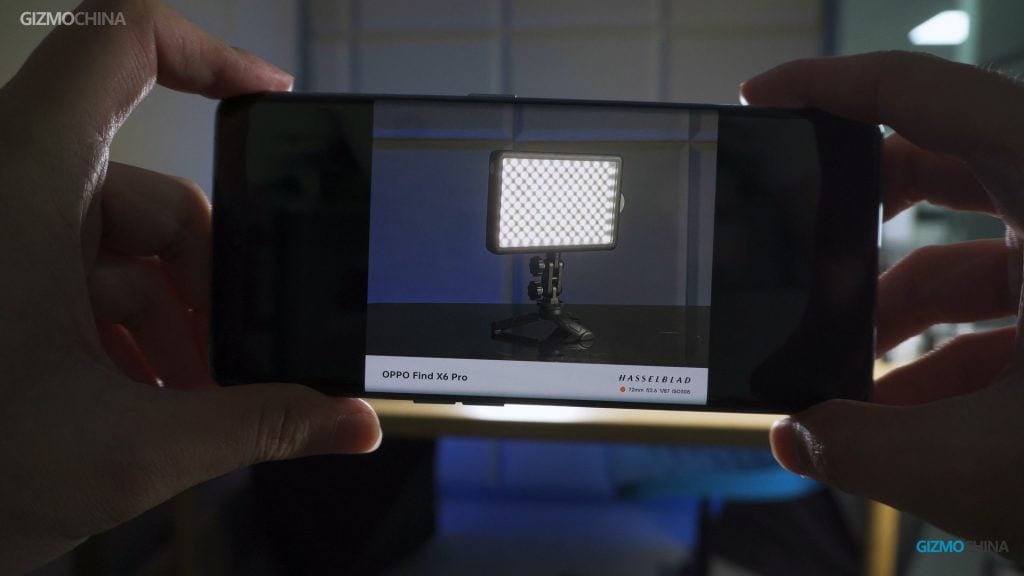
The delayed preview also led me to an unexpectedly small bug. The telephoto lens sometimes would incorrectly handle the color of the lights at night. You can see that the algorithm incorrectly recognizes the purple lightbox as black&white, but the camera handles the colors correctly once switching to the 6X Zoom. But apparently, OPPO applies complex algorithms here to perform great real-time processing on each photo, and hopefully, they will fix it in the near updates.
Video shooting
In terms of video recording, OPPO didn’t pursue 8K resolution, but put more effort into color and dynamic range for up to 4K videos shot on all three lenses including a 6x option. The footage here shows that the cloud has a good transition without over-exposure issues. Even when we switch to the telephoto lens, the rich details of the surface of distant objects can be captured very well.
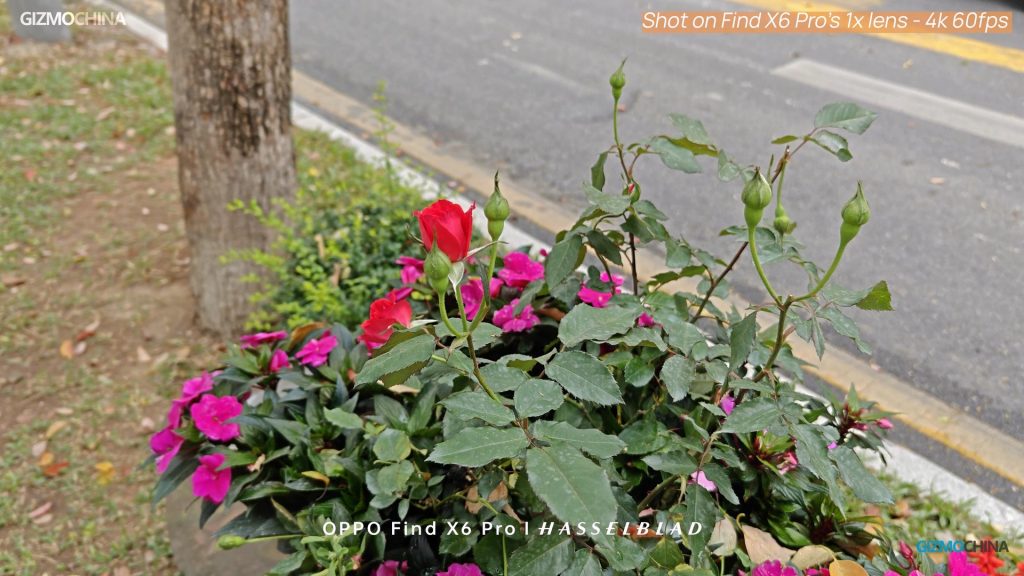
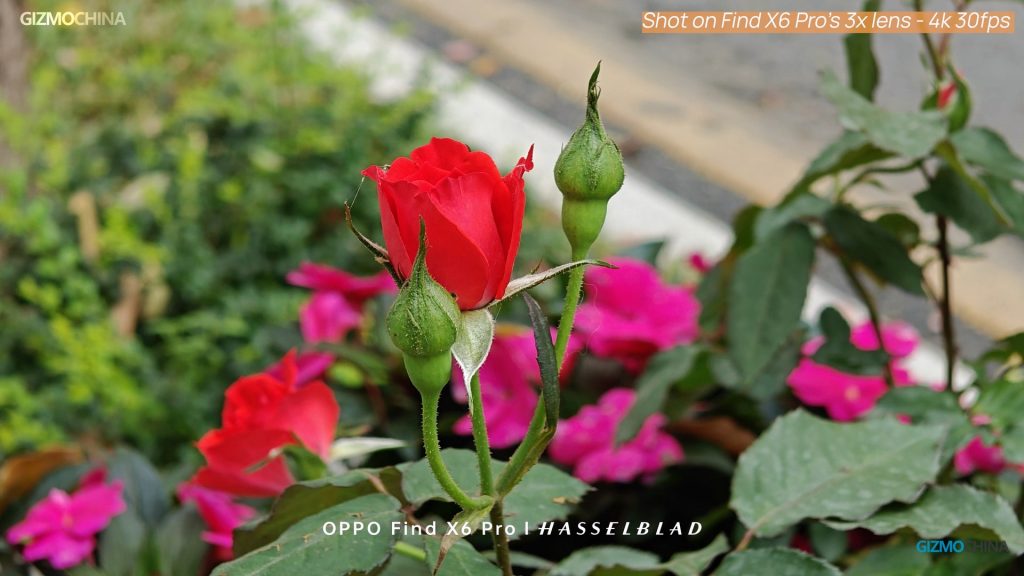
The telephoto lens with great aperture is impressive to have close shots. You can get a very nice depth of field and pretty sharp details, This is the first time I feel that smartphones are finally catching up with some portable digital cameras over video shooting.
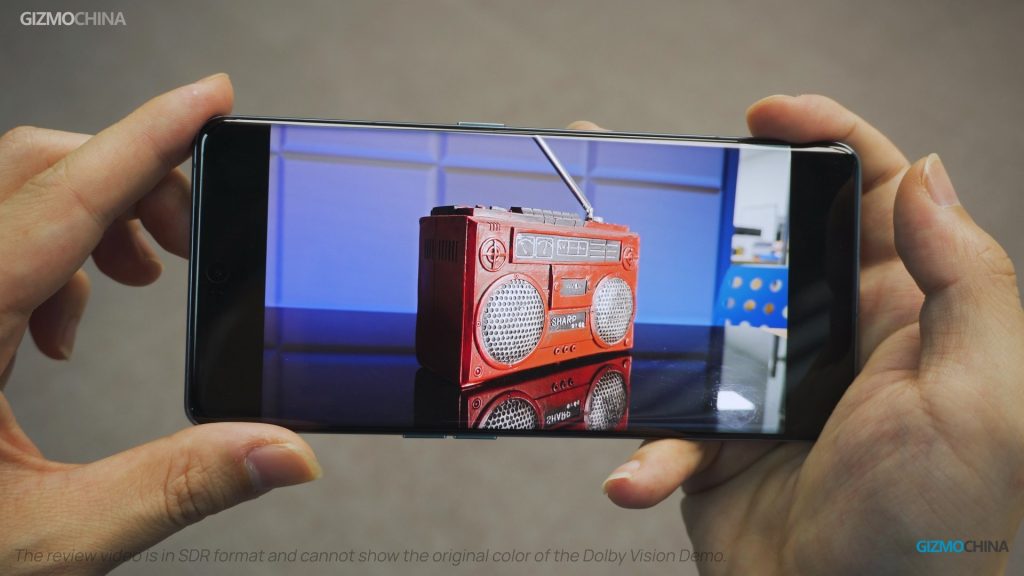
Another great surprise is the capacity of shooting Dolby Vision videos. And it’s also a pleasure to play back the footage with the bright display. The Dolby-Vision shooting seems to be more meaningful at the same time, as we can see a more immersive dynamic image on the phone, and its rich colors and high contrast easily pull us into the memories of the shoot.
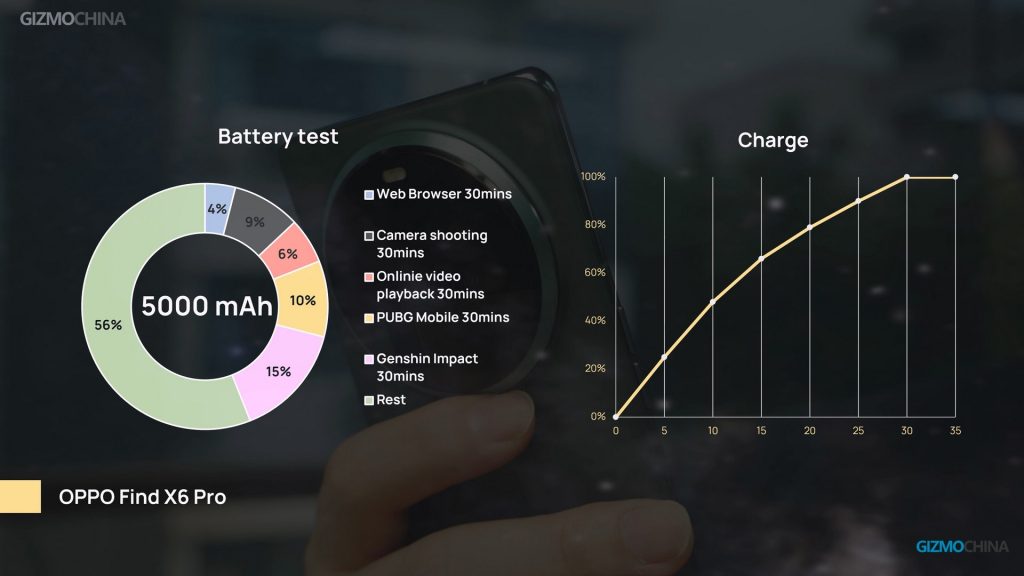
Verdict
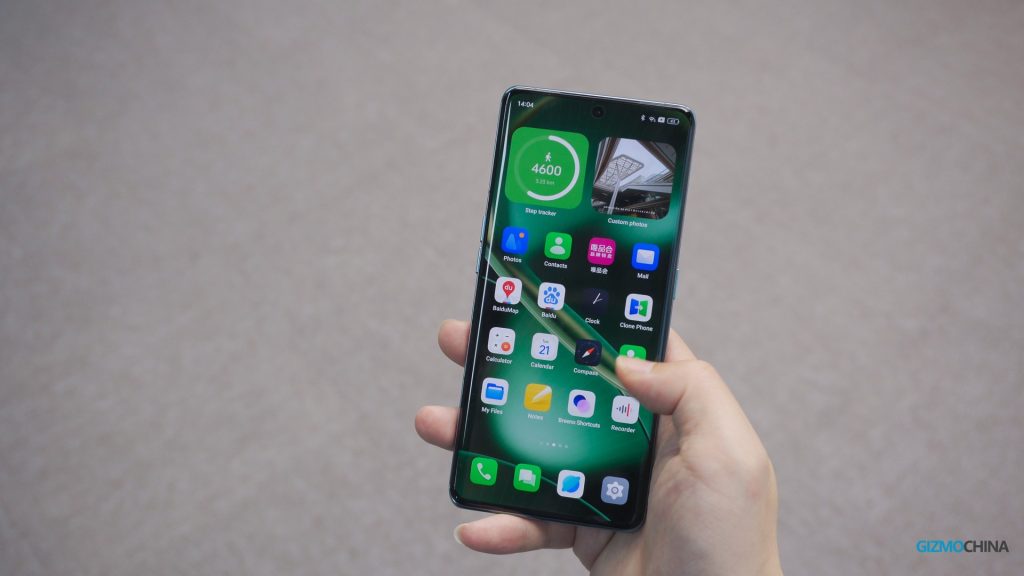
To be honest, there’s still a lot to share with you about the OPPO Find X6 Pro, like Snapdragon 8 Gen 2 performance, 100W wired plus 50W wireless charge, and new software features of Color OS. It doesn’t seem to have any drawbacks, and I did try very hard to dig into it for more details. But that will have to wait until our next video about it, so please stay tuned and subscribe to our YouTube channel Gizmochina.
Disclaimer: All of the opinions in this Oppo Find X6 Pro review are the Gizmochina Review team’s and based on editors’ own experiences. There has been no editorial input from Oppo.

